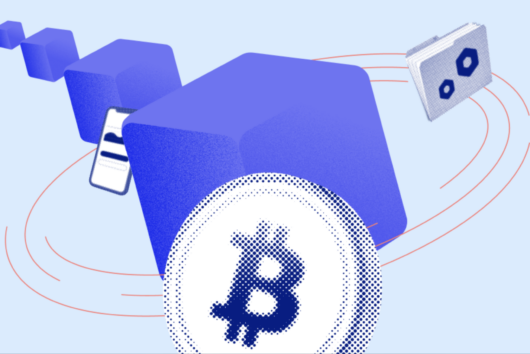What are the different types of stablecoin collateral?

Stablecoins are digital currencies that are minted on the blockchain, each with their own collateral structure. The idea of collateral is to give legitimacy to the stablecoin as a payment method.
These collateral structures include:
Fiat-backed
The most popular stablecoins are backed by fiat currencies like the US dollar or Euro, 1:1. As the collateral isn’t cryptocurrency, this type of stablecoin is considered an off-chain asset. The fiat collateral is kept in reserve with a central issuer, and must at all times remain proportionate to the number of stablecoins in circulation.
For example, if the issuer has a reserve of $1 million in fiat currency, they will only have one million dollars worth of tokens to distribute, each with the value of one dollar.
Crypto-backed
Instead of being pegged to fiat currencies, these types of stablecoins are backed by cryptocurrencies and operate without a central issuer, making them decentralised and on-chain.
When making use of a crypto-backed stablecoin, you’re locking your cryptocurrency into a smart contract to obtain tokens of equal representative value. To redeem your cryptocurrency, the tokens/stablecoin is put back into the same smart contract, and the original collateral amount becomes available to be withdrawn.
Crypto-collateralised assets are also over-collateralised to compensate for price fluctuations in the required cryptocurrency collateral asset. For example, if you want to buy $2,000 for DAI stablecoins, you’d need to put in $4,000 worth of Ether.
Algorithmic
These stablecoins don’t rely on fiat or cryptocurrency as collateral. Instead, algorithmic stablecoins are kept stable by algorithms and smart contracts that manage the supply of tokens in circulation.
For example, when the price of the token exceeds the price of the fiat currency it tracks, new tokens will enter circulation to adjust the stablecoin value downward. Alternatively, when the market price falls below the price of the fiat currency being tracked, tokens will be removed from circulation to stabilise the price.
Commodity-backed
Commodity-backed stablecoins are backed by physical assets like precious metals, oil, and property and land holdings. However, each and any of these commodities can fluctuate in price, which could result in a loss of value.
The primary use of commodity-backed stablecoins is to help facilitate investments in assets that might not be available locally. Commodity-backed stablecoins are especially useful in countries where it is difficult to locate, purchase, and store assets like bars of gold and silver.
 Discover
Discover Help Centre
Help Centre Status
Status Company
Company Careers
Careers Press
Press

